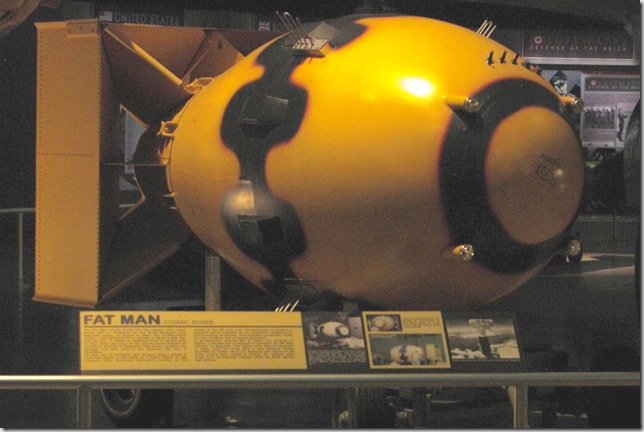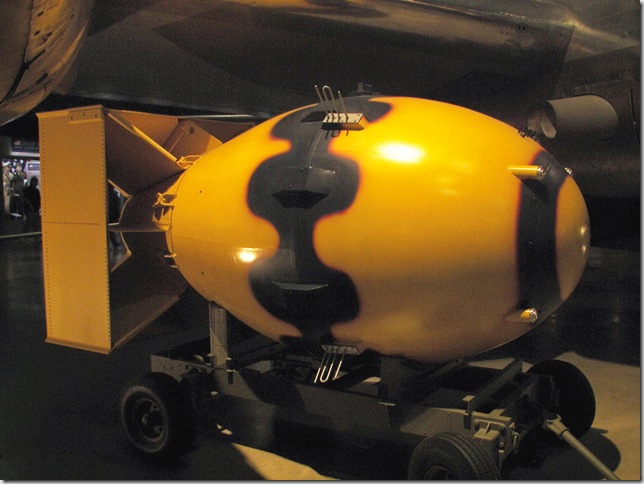On this day in 1945, at 8:16 a.m. Japanese time, an American B-29 bomber, the Enola Gay, drops the world’s first atom bomb, over the city of Hiroshima. Approximately 80,000 people are killed as a direct result of the blast, and another 35,000 are injured. At least another 60,000 would be dead by the end of the year from the effects of the fallout.
U.S. President Harry S. Truman, discouraged by the Japanese response to the Potsdam Conference’s demand for unconditional surrender, made the decision to use the atom bomb to end the war in order to prevent what he predicted would be a much greater loss of life were the United States to invade the Japanese mainland. And so on August 5, while a “conventional” bombing of Japan was underway, “Little Boy,” (the nickname for one of two atom bombs available for use against Japan), was loaded onto Lt. Col. Paul W. Tibbets’ plane on Tinian Island in the Marianas. Tibbets’ B-29, named the Enola Gay after his mother, left the island at 2:45 a.m. on August 6. Five and a half hours later, “Little Boy” was dropped, exploding 1,900 feet over a hospital and unleashing the equivalent of 12,500 tons of TNT. The bomb had several inscriptions scribbled on its shell, one of which read “Greetings to the Emperor from the men of the Indianapolis” (the ship that transported the bomb to the Marianas).
There were 90,000 buildings in Hiroshima before the bomb was dropped; only 28,000 remained after the bombing. Of the city’s 200 doctors before the explosion; only 20 were left alive or capable of working. There were 1,780 nurses before-only 150 remained who were able to tend to the sick and dying.
According to John Hersey’s classic work Hiroshima, the Hiroshima city government had put hundreds of schoolgirls to work clearing fire lanes in the event of incendiary bomb attacks. They were out in the open when the Enola Gay dropped its load.
There were so many spontaneous fires set as a result of the bomb that a crewman of the Enola Gay stopped trying to count them. Another crewman remarked, “It’s pretty terrific. What a relief it worked.”
“Atomic bomb is dropped on Hiroshima.” 2008. The History Channel website. 5 Aug 2008, 11:23 http://www.history.com/this-day-in-history.do?action=Article&id=6542.

Here is a picture of the “Little Boy” atomic bomb dropped on Hiroshima, Japan on august 6, 1945. This recreated version of the atomic bomb can be found at the National Museum of the United States Air Force in Dayton, Ohio.







Recent Comments